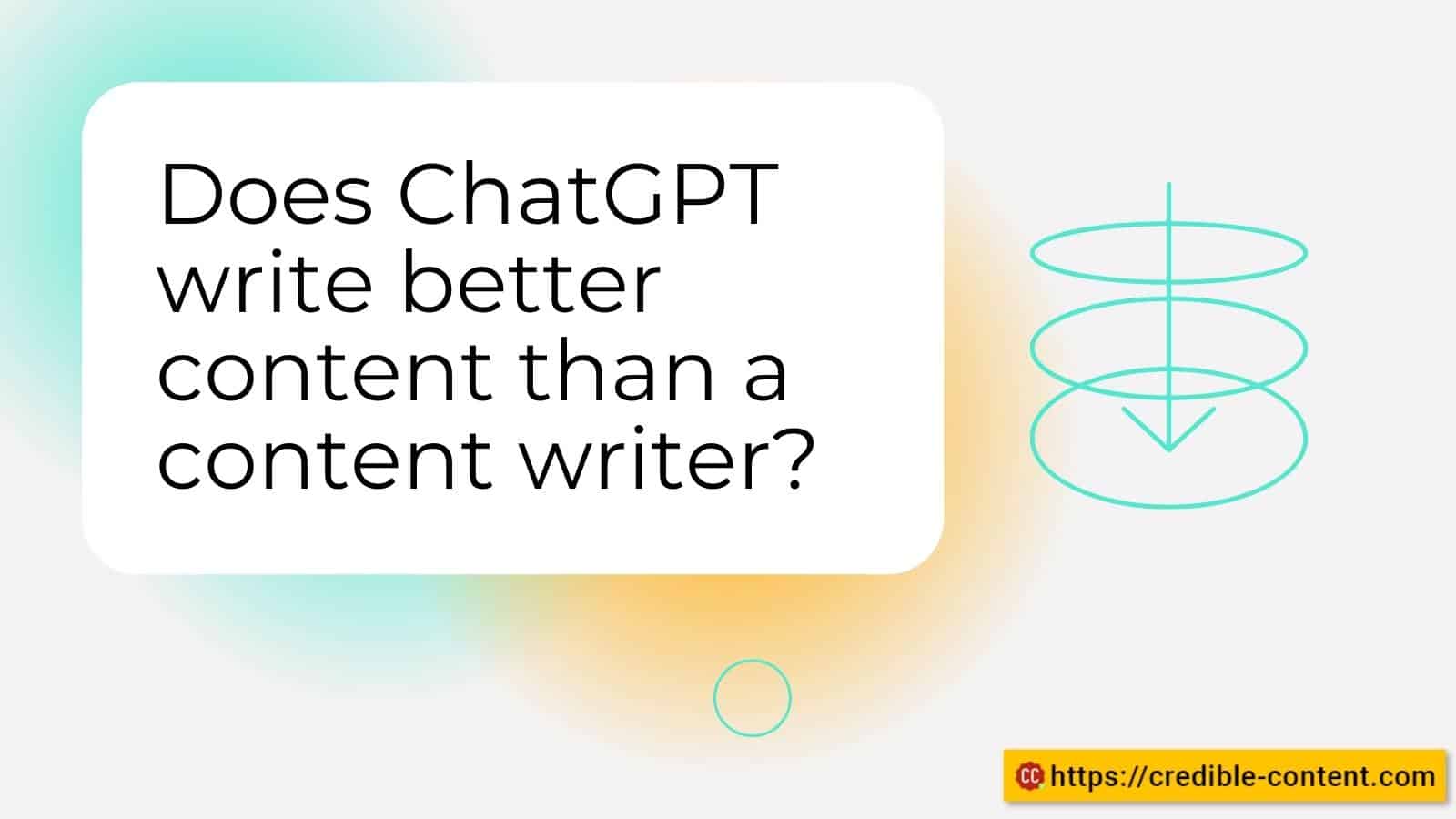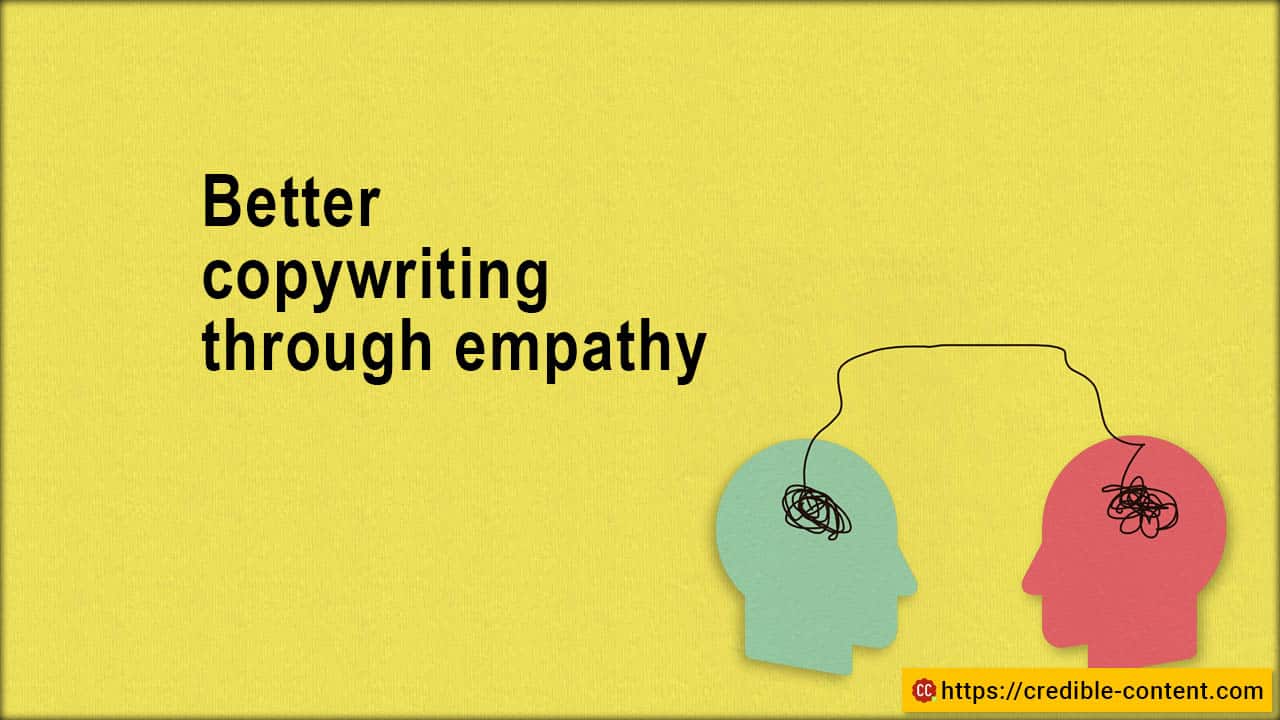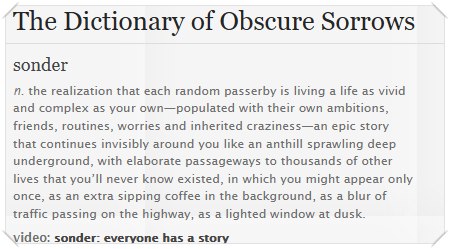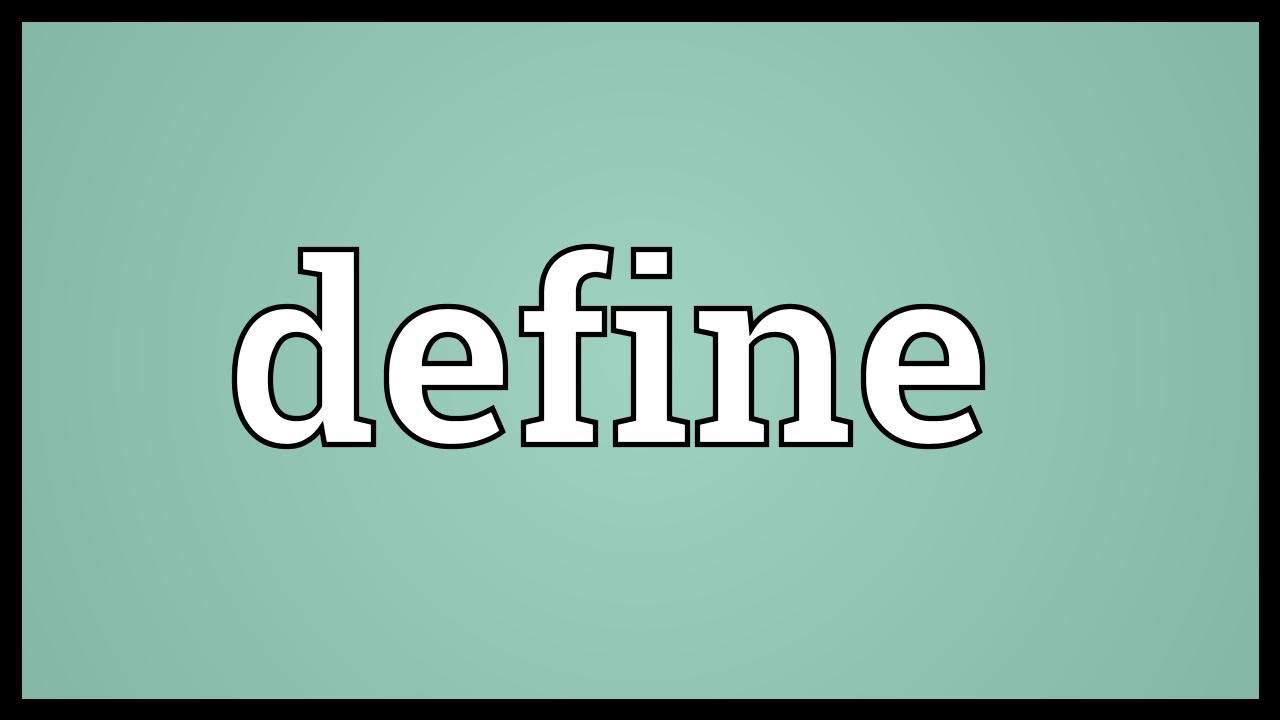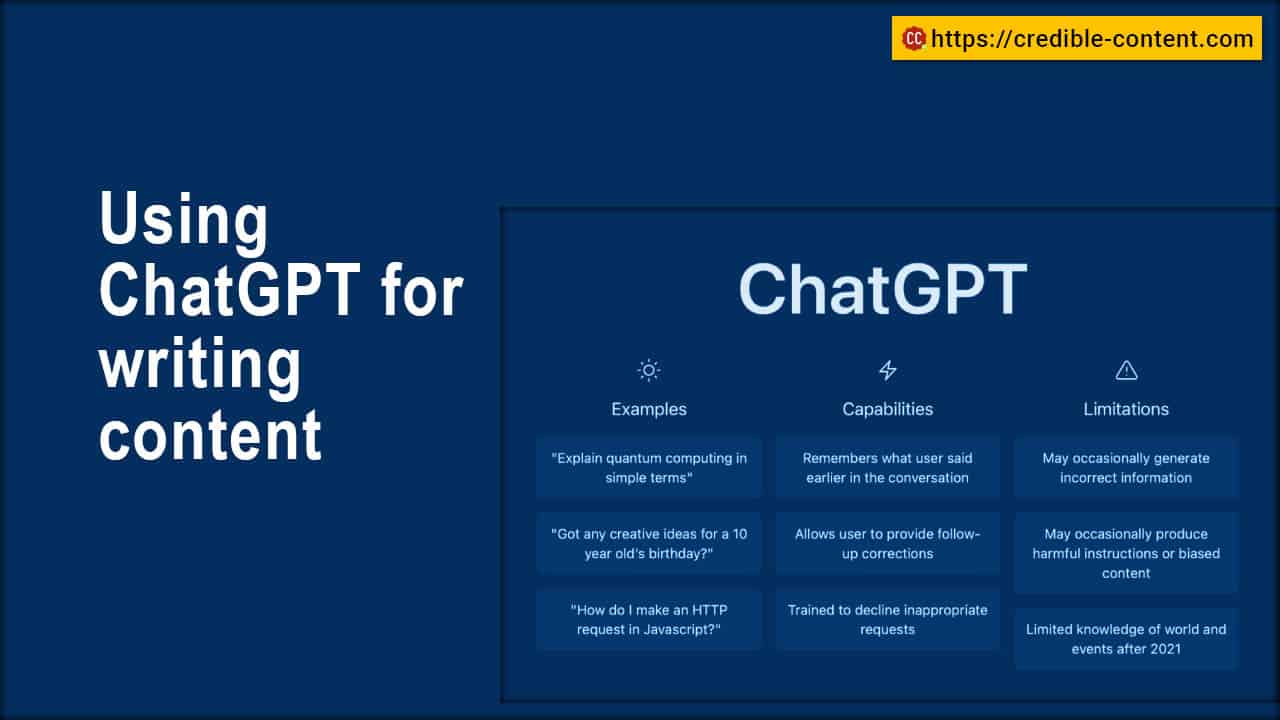
Writing blog posts with useful insights
There are millions of blog posts published every day. On top of that, people are writing entry level blog posts using ChatGPT and Bard from Google by the dozens every day. With so much content readily available, how do you stand out. By publishing unique insights that your readers will not find anywhere else.
Writing and publishing blog posts with unique insights shows your readers that you are an expert in your field. This in turn builds trust and credibility. Trust and credibility lead to more readers and more sales.
Writing blog posts with unique perspective is also good for your SEO. Unique insights help you attract backlinks. Since the information you have published is available only on your website, other website owners want to link to your content for the value and information that you are providing. This boosts your blog’s search engine optimization efforts.
Search engines by themselves prefer unique, high-quality content. By writing blog posts with unique insights, you increase the likelihood of your blog posts being indexed and ranked faster, and higher in search engine results. Original content gets more preference by search engines.
Continuously writing and publishing unique insights provides a compelling reason to your readers to return to your blog. You build a loyal audience that appreciates your unique voice and expertise. Regular visitors are easy to engage. They subscribe to your blog. They share your content. They also become advocates of your brand.
How do you write and publish blog posts with unique insights? Here are a few things you can do.
Understand your target audience
- Research your target audience’s interests, preferences, and pain points.
- Identify knowledge gaps or areas where unique insights are lacking.
For insightful blog writing, publish blog posts that are relevant and engaging to your target audience. To achieve that, you need to understand them. You need to understand their interests, preferences, and pain points.
Once you have understood your audience, identify knowledge gaps or areas where unique insights are lacking. This will help you write informative and valuable blog posts.
How do you understand your target audience?
Do research
Your website analytics is a good place to begin. Where does most of your traffic come from? What search terms or queries do people use to find your content? This will tell you what information people are looking for or whether you have optimized your content for the right audience or not.
Look at the performance of your past blog posts and analyze the engagement metrics. Pay attention to which topics, formats, and styles resonate most with your audience.
You can interact with people on social media. Ask questions. Talk about their interests. What problems are they trying to solve?
You can also conduct surveys and interviews to get a more in-depth understanding of your audience’s needs and wants.
Monitor industry trends
Stay up-to-date with the latest trends, news, and developments in your industry. Identify emerging topics. Commenting on the leading conversations will help you position yourself as a thought leader.
You can also observe conversations in online communities, forums and publications. Gain inspiration from conversations that are outside of your echo chamber. What are people talking about in related industries?
Identify their pain points
What challenges are they facing? What are their biggest frustrations. Once you know what they are struggling with, you can provide them solutions through your insightful blog writing.
Find out what your audience is interested in
What do they read? What are they talk about on social media? What are their hobbies and interests? These will help you understand your audience better. It may not directly impact your blog writing, but you will gain a perspective, and this will certainly help you mold your language.
Stay informed and engaged for writing insightful blog posts
- Follow industry news, trends, and emerging topics.
- Engage in discussions and forums related to your niche.
- Subscribe to newsletters, blogs, and podcasts that provide valuable insights.
You can follow industry news and trends by regularly reading industry-specific publications, both online and off-line. You can stay updated on the latest news, trends, and developments in your field. How do you do that?
For starters, you can use Google Alerts. In Google Alerts you can set up certain keywords and terms around which when content is published, you get an alert in your inbox. You can also subscribe to RSS feeds of different online publications. You can closely follow industry leaders on specific topics of interest.
There is social media of course. Closely follow conversations on Twitter and LinkedIn to stay informed. You can get updates in real-time.
You can join online communities and discussion forums to engage with people and get a pulse of what’s going on in your industry. There are many social media groups related to your niche.
Prepare a list of influential blogs, newsletters and podcast in your industry that consistently provide valuable insights. Set aside some time to read or listen to such content to update yourself.
You can also attend events that bring industry professionals together. During such get-togethers and workshops, you can build relationships with other professionals in your field and then later keep in touch with them for expert opinions and valuable insights. You can also connect with influencers and experts through social media platforms, particularly LinkedIn and Twitter.
Don’t want to rely on existing content? You can conduct your own original research. This will help you uncover unique insights that are not available elsewhere. With the help of surveys, interviews, and case studies, you can obtain valuable data and information. Gather data over a long period of time and then present data-driven insights to your audience.
Conduct original research for writing insightful blog posts
- Design and execute surveys, interviews, or case studies.
- Gather data and analyze it to uncover unique findings.
- Present your research results in a clear and concise manner.
By designing and executing surveys, interviews, or case studies, you can gather data to uncover new findings that support your arguments.
How do you conduct original research to write blog posts with unique insights?
Design your research
Your research must have an objective. You must know what the purpose of your research is and what you want to obtain out of the several questions you mean to ask people.
Your research method is equally important. The best research method is based on your specific goals. If you want to collect data from many people, you need to conduct a survey. For an in-depth understanding of a topic, interviewing them is the way to go. If you want to learn more about how something works or to identify potential problems, going through case studies is your best option.
Formulate research questions and hypothesis so that you can create specific and focused questions. You need them to collect necessary data. You may like to keep the following points in mind:
- Start with the research objective: what do you want to learn?
- Bring down your research objective into smaller, more specific questions.
- Make sure that your questions are answerable.
- Make sure your questions are relevant to your research objective.
Share personal experiences for writing blog posts with useful insights
- Draw from your own experiences to provide unique perspective.
- Offer real-life examples and anecdotes that resonate with readers.
- Discuss challenges, lessons learned, and actionable takeaways.
By drawing from your own experiences, you can provide a unique perspective. You can share relatable examples and valuable insights.
For maximum effect, identify relevant experiences. Determine which of your experiences are relevant to your blog’s niche in the topic you are addressing. You want to share with your audience the lessons you have learned, and the insights you have obtained. You want to share stories and anecdotes they can relate to. The stories and anecdotes complement the theme of your blog post.
A good thing about sharing your experiences is that you are the only person who has had these experiences. You offer a unique and fresh perspective on the topic you are writing on. This will help your audience understand a different viewpoint that they may have never considered before. Share your details with emotions. Talk about the challenges you faced and how you overcame those challenges.
Provide actionable takeaways based on your personal experiences. Present a list of practical advice, tips, and strategies that work in your case and may also work for others. Give them a roadmap that they can instantly follow.
Be authentic – very important. Your story represents YOU. Be genuine and authentic when sharing personal experiences. Avoid exaggeration and embellishments. Remember that readers can instantly sense inauthenticity.
Since these are real-life examples, they will be more believable. If something has worked for you, it can also work for your readers.
Leverage data and analytics for writing insightful blog posts
- Utilize tools like Google Analytics to identify popular topics and keywords.
- Analyze user behavior and engagement metrics to understand what resonates with your audience.
- Use data-driven insights to craft unique and compelling content.
You can write insightful blog posts that resonate with your audience by using data analytics. For that, you can start with Google Analytics. You will need to setup and configure Google analytics so that it tracks and measures traffic and other metrics on your blog. You can gain insights such as traffic sources, page views, bounce rate, average time spent on page, and the search queries being used to find your content.
You can identify popular topics on your blog with Google Analytics. Which blog topics attract the most organic traffic to your blog? This will help you find out which type of content resonates with your audience, and you can generate new ideas accordingly for your future blog posts.
Google Analytics, or another analytics tools can help you analyze user behavior further. What is the click through rate? What is the scroll depth – how far a user has scrolled down a web page or blog post? What is the conversion rate?
You can prepare an Excel sheet and make a list of high-performance blog posts – blog posts that receive significant user engagement through search traffic or social sharing. Figure out why these posts are successful compared to other posts. Do more people leave comments? Do more people share these successful posts?
By gathering data and analytics, you can incorporate the insights into your blog’s content strategy.
Engage with thought leaders for writing insightful blog posts
- Connect with influencers, experts, and thought leaders in your industry.
- Interview them or feature their perspectives in your blog post.
- Incorporate their insights to add credibility and authority to your content.
Thought leaders are individuals who are experts in their field and have a large social following. By interacting with influencers, experts, and thought leaders in your industry, you can gain access to the knowledge and perspectives, adding credibility and authority to your content. How do you engage and connect with thought leaders?
Identify key influencers and experts in your industry. It’s better if they have a strong online presence and a significant following. They may not respond out of the blues. Follow them on LinkedIn, Twitter or another platform they are active on. Engage with their content. Leave comments. Share their posts. Share your own thoughts. Add value to their threads. This will help you establish a connection and grab their attention.
Once you have established a connection with them, you can send them personalized, concise, and professional messages expressing your interest in collaborating, featuring them on your blog post. Explain to them clearly what value they can bring to your content and how much you appreciate their expert opinion. Clearly communicate specific topics or angles you would like to explore with them. If possible, send them some examples of your previous collaborations.
When the thought leaders you have approached agree for an interview, prepare a well-thought-out set of questions that will delve deep into their area of expertise. Remember you want to extract unique insights that people may find difficult to obtain from other online sources. Formulate your questions accordingly.
Even if you cannot directly interview them, they must publish lots of insightful content on their own blogs or social media timelines. You can feature their blog posts and social media updates on your blog. You can cite their work and research publications in reputed magazines. Remember to give them credit for their contributions.
Draw inspiration from different sources to write blog posts with useful insights
- Read books, articles, and studies outside your niche to gain diverse perspectives.
- Explore unrelated industries or disciplines for unique insights.
- Combine ideas from different sources to create a fresh approach.
How do you draw inspiration from different sources to write insightful blog posts that stand out? You can read books, articles, and case studies. For example, you can read books on psychology, sociology, history, technology, or related fields to gain in-depth knowledge that you can then share with your blog readers. This can be immensely helpful especially when most of the bloggers regurgitate information present on other blogs.
You can also explore unrelated industries and disciplines that may be remotely connected to your niche. Look for parallels, metaphors, or analogies that can be drawn between your niche and other industries. Cross-pollinate ideas. Come up with thought-provoking blog post.
Actively participate in conversations, discussions, and networking events, both online and off-line. Engage with professionals, thought leaders, and experts from different backgrounds to get inspiration and ideas. The diverse viewpoints and experiences of others can inspire new ways of thinking and spark creative ideas for your blog posts.
You can also combine ideas from different sources to give them a new twist. You can take inspiration from multiple sources and create a unique mash up with an entirely new insight.
Read widely. Explore unrelated topics. Be open to new ideas even if at the outset they seem completely alien.
Conduct comparative analysis for writing insightful blog posts
- Compare and contrast different approaches, methodologies, or theories.
- Highlight the strengths and weaknesses of each perspective.
- Your own unique synthesis or opinion on the topic.
By comparing and contrasting different approaches, methodologies, theories, and highlighting the strengths and weaknesses, you can offer readers a comprehensive understanding of your topic. How do you conduct a comparative analysis?
Identify multiple approaches, methodologies, or theories related to your blog post topic. They can be different schools of thought, strategies, or frameworks. Analyze their key elements, principles, or components for each approach. Identify what is similar and what is different.
Once you have identified the perspectives you want to focus on, highlight their strengths and weaknesses. Consider factors such as effectiveness, applicability, limitations, and potential drawbacks. List advantages and benefits of each perspective. Also discuss their limitations and shortcomings.
Simply listing the different attributes won’t to give you unique insights. Finally, you need to offer your own unique synthesis or perspective. Provide insights and recommendations based on your understanding. Which approaches or elements do you recommend? Which approaches and elements you don’t recommend.
Back up your comparative analysis with supporting evidence and examples. You can cite studies, research papers, case studies and observations made by the experts in your field. You can link to data, statistics and expert opinion.
Comparative analysis offers readers a comprehensive understanding of a topic by comparing different approaches, highlighting strengths and weaknesses, and providing your own synthesis or opinion. Supporting your analysis with evidence and presenting information in a structured manner enhances clarity and readability for readers seeking informed decisions and deeper insights.
Encourage dialogue and feedback for writing insightful blog posts
- Invite readers to share their thoughts, opinions, and experiences in the comments section.
- Respond to comments and engage in meaningful discussions.
- Use reader feedback to refine your insights and provide more value.
Encourage readers to participate in the conversation by explicitly asking them for their thoughts, opinions, or experiences related to your blog post topic. You can use open-ended questions to prom readers to share their thoughts. Ask them how they have tackled similar challenges or if they have alternative perspectives on the topic.
Create a positive environment so that they feel welcome. Foster respect and constructive dialogue. Clearly state your expectations for commenters to engage in respectful and relevant discussions. You can also moderate comments to remove spam or abusive language.
Since you are inviting your readers to leave comments, take the time to respond to the comments. Acknowledge the contributions and show appreciation for the insights.
If they ask questions, provide answers. Provide clarifications when they are sought. This demonstrates your commitment to engage.
People don’t always have to agree with you. Encourage constructive criticism and diverse perspectives. Respond to criticism with an open mind.
Use feedback to refine your insights. Pay attention to the feedback and incorporate the insights into existing and new blog posts.
You can also engage people on social media platforms and other online channels. Don’t confine your conversations within your own blog. Respond to comments, shares, inventions on your social media profiles.
Conclusion
To write insightful blog posts, research your audience, provide unique perspectives, back up your claims with evidence, and engage in meaningful conversations with readers.


